Adjusting the weight distribution on your semi-trailer is not just about compliance; it significantly affects your vehicle’s handling, fuel efficiency, and overall safety. An improper weight load can lead to hazardous driving conditions, increased tire wear, and even costly fines from weight checks. This guide will provide you with meticulous details on how to adjust the weight on your semi-trailer effectively.
Understanding the Basics of Weight Distribution
Before diving into the intricacies of weight adjustment, it’s essential to grasp the basic concepts. Your semi-trailer must adhere to certain weight regulations set forth by the Department of Transportation (DOT) and other regulatory bodies. The three key elements of weight distribution include:
- Gross Vehicle Weight Rating (GVWR): The maximum operating weight of a vehicle as specified by the manufacturer.
- Axle Weight Limits: The maximum weight that can be applied to each axle. Violating these limits can lead to fines and additional wear on components.
- Tongue Weight: The downward force exerted at the hitch, which affects the steering and braking capabilities.
Table 1: Key Weight Limits According to Federal Regulations
| Weight Type | Limit (lbs) |
|---|---|
| GVWR | 80,000 |
| Maximum Steer Axle Weight | 12,000 |
| Maximum Drive Axle Weight | 34,000 |
| Maximum Trailer Axle Weight | 34,000 |
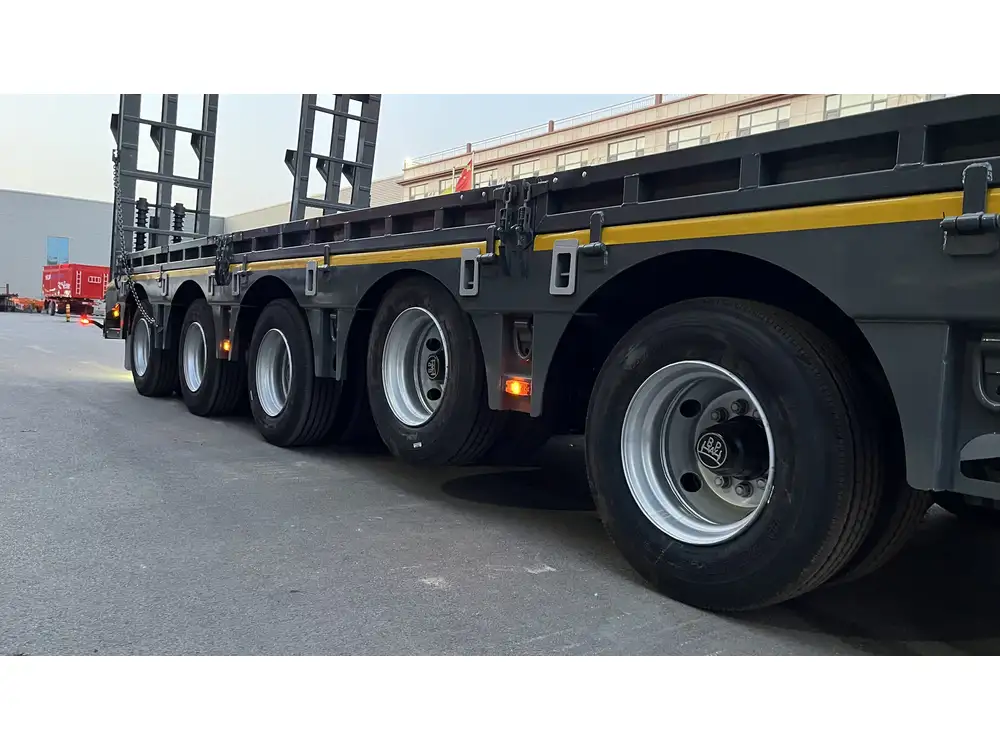
Steps to Adjust Weight on a Semi-Trailer
The process of adjusting weight can be multifaceted, depending on the type of load and trailer configuration you’re using. Here’s a structured approach to making those adjustments effectively:
1. Evaluate Your Load
Before adjustments can be made, understanding the current load distribution is crucial:
Conduct a Weight Inspection: Use certified scales to weigh your trailer, including the individual axles and the total weight. Note down the values for future reference.
Analyze Load Placement: Check how the cargo is distributed. A properly loaded trailer should have approximately 60% of the weight over the front half of the trailer, which maximizes stability.
2. Rearranging Cargo
Sometimes, a simple rearrangement of cargo can solve weight distribution issues:
Move Heavy Items Forward: Place heavier items closer to the front of the trailer, ideally over the front axle. This minimizes strain on the rear wheels and improves control.
Utilize Load Bars and Cargo Straps: Securely fastening the load prevents shifting during transit, maintaining stability and safety.
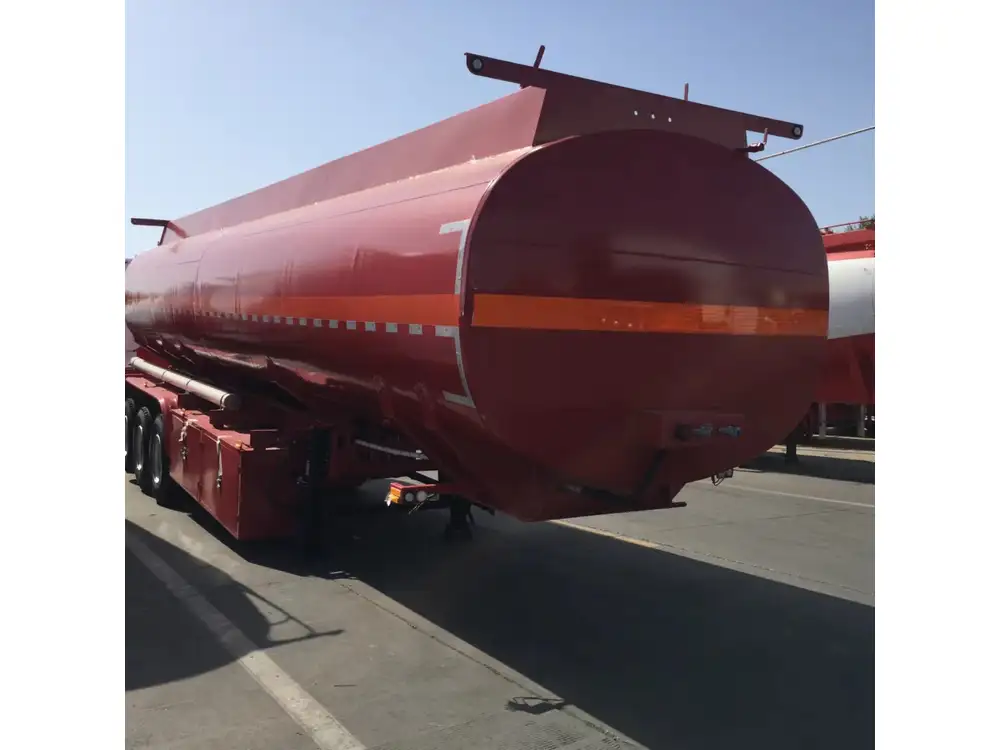
3. Adjusting Axle Position
For semi-trailers equipped with sliding axles, adjusting the position can have a significant impact:
Locate the Slider Mechanism: Most trailers have a series of pins or settings that allow for the repositioning of axles. Make sure you’re familiar with how your specific model operates.
Shift the Axles: Depending on the weight distribution, you may need to slide the axles forward or backward. Sliding them towards the load can increase stability, while moving them back is ideal for lighter loads.
4. Adding Weight Distribution Equipment
In cases where adjusting the load isn’t sufficient, consider investing in specialized equipment:
Weight Distribution Hitches: These are designed to assist in distributing weight evenly across the axles and may enhance towing stability.
Air Ride Suspension Systems: These systems allow for better weight management by adjusting the suspension based on the load you are carrying.
5. Regular Maintenance and Checks
Ensure that regular inspections of your weight equipment are part of your routine:
Check Tire Pressure: Under-inflated tires can cause uneven weight distribution and can lead to increasing wear and tear.
Inspect Suspension Components: Maintain the integrity of your suspension system to ensure that it can effectively handle the weight loads.
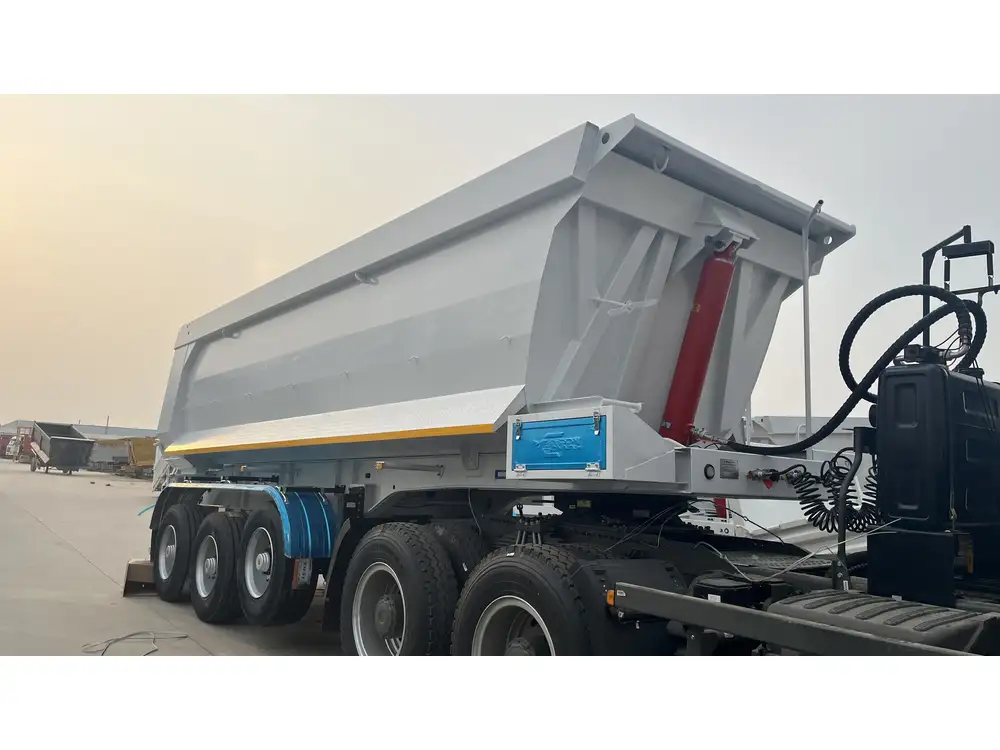
Important Considerations for Weight Regulations
Understanding and adhering to weight regulations not only help in legal compliance but also safeguard against accidents. Here are some crucial regulations to keep in mind:
1. State Regulations
Different states may have varying laws regarding load weight. Always check local regulations to ensure compliance, especially when crossing state lines.
2. Overweight Fines
Being overweight on your trailer can lead to hefty fines and penalties. Examples of potential fines include:
- First Offense: $500
- Second Offense: $1,000
- Subsequent Offenses: $2,000+
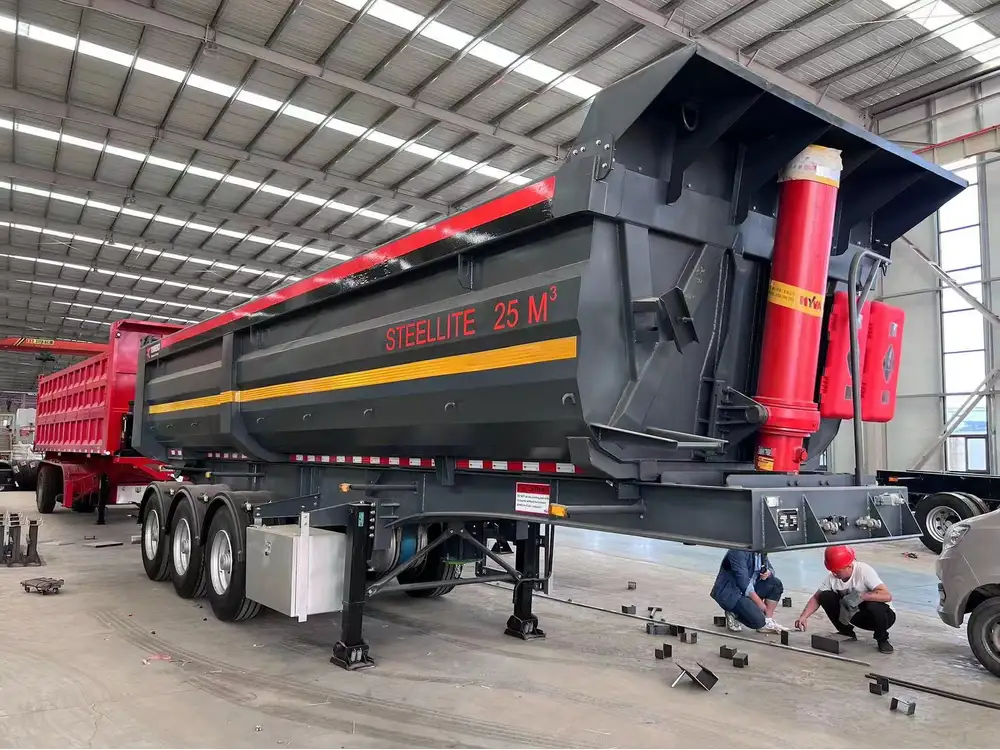
3. Safety Considerations
The consequences of improper weight distribution can lead to severe accidents. Top safety measures include:
Perform Pre-Trip Inspections: Regular checks on your cargo security and weight distribution can prevent mishaps during transit.
Educate Drivers: Ensure all drivers understand proper loading practices and the importance of weight distribution.
Advanced Techniques for Optimal Weight Distribution
For those experienced or involved in more complex operations, consider the following advanced techniques:
1. Weight Distribution Calculators
Various digital tools and calculators can assist in determining the optimal weight distribution. These can be especially useful in larger fleets where multiple trailers are in use.

2. Professional Weight Management Services
For businesses heavily reliant on transport, hiring a professional service specializing in load weight management may be cost-effective. They can help streamline processes, perform audits, and ensure compliance with industry regulations.
3. Leveraging Technology
Consider investing in sensors and monitoring software that provide real-time data on weight distribution. These modern solutions can alert drivers of weight imbalances even while on the move.
Common Questions and Answers
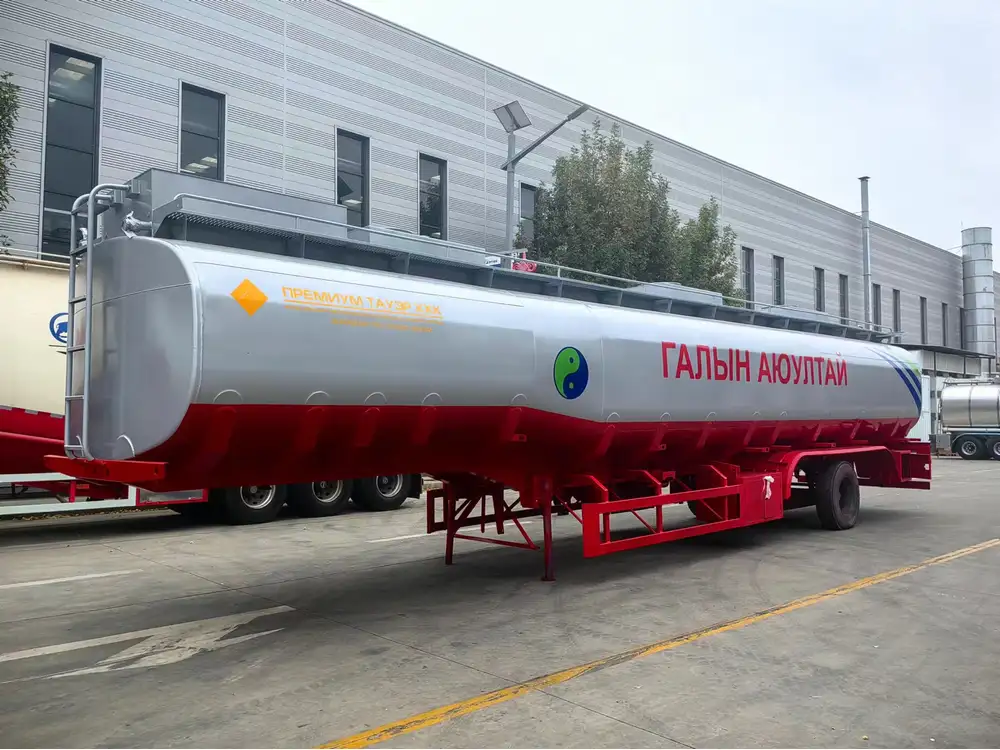
Q1: What is the ideal weight distribution for a semi-trailer?
A: Ideally, 60% of the load should be situated over the front half of the trailer. This distribution maximizes stability and minimizes tire wear.
Q2: How often should I check the weight distribution?
A: Weight distribution should be evaluated before each trip, especially after loading. It’s also important to regularly inspect throughout long hauls if loads shift.
Q3: Can adjusting the weight distribution impact fuel efficiency?
A: Yes, optimal weight distribution can lead to better fuel efficiency by reducing drag and allowing for smoother driving experiences.
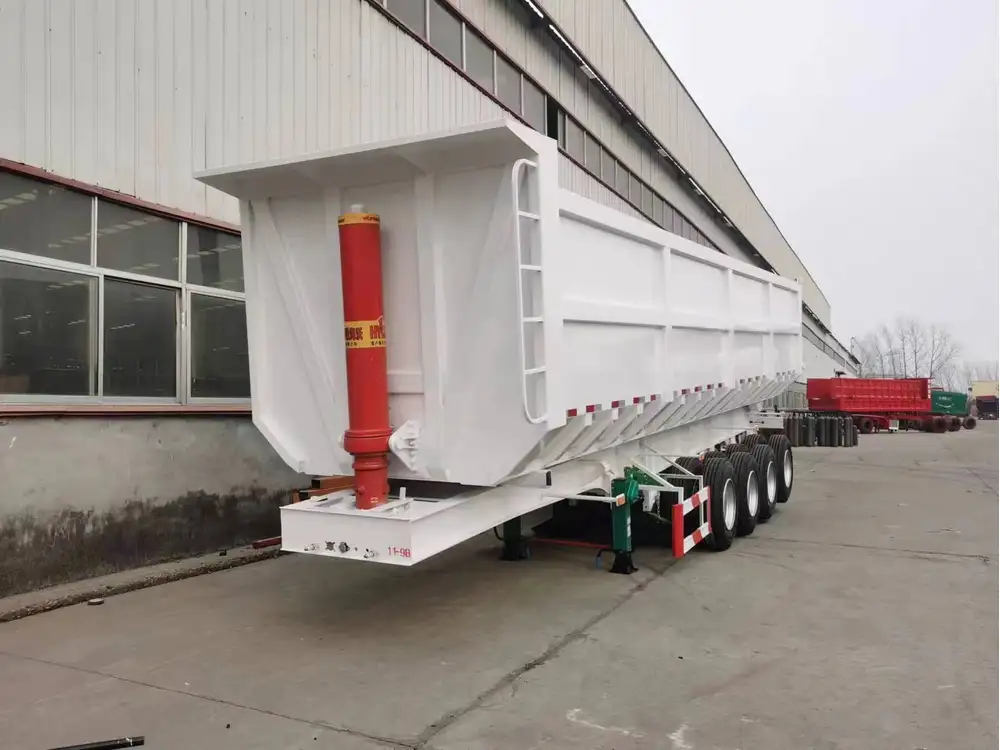
Q4: What tools do I need to adjust weight?
A: You will need access to certified scales, cargo restraints, and possibly a weight distribution hitch.
Conclusion
Navigating the complex world of semi-trailer weight distribution doesn’t have to be overwhelming. With a keen understanding of load dynamics, regular inspections, and proper adjustment techniques, we can ensure that our trailers remain compliant, safe, and efficient on the road. Prioritizing load management will not only enhance operational efficiency but will also contribute to the longevity of our equipment and improved safety for all road users. By implementing these strategies and maintaining a proactive attitude toward load distribution, you’re not just ensuring compliance; you’re committing to excellence in logistics and transportation.



